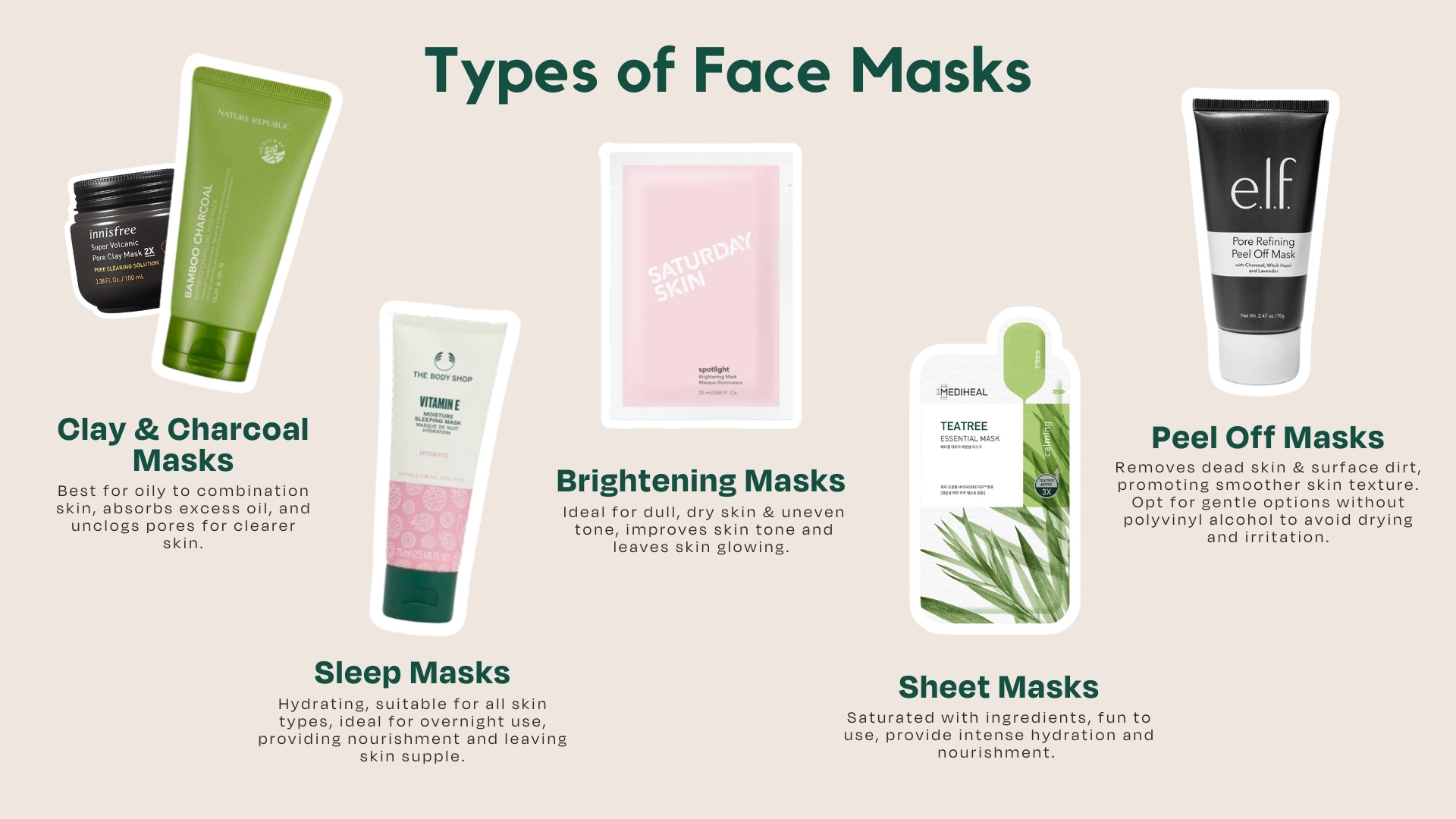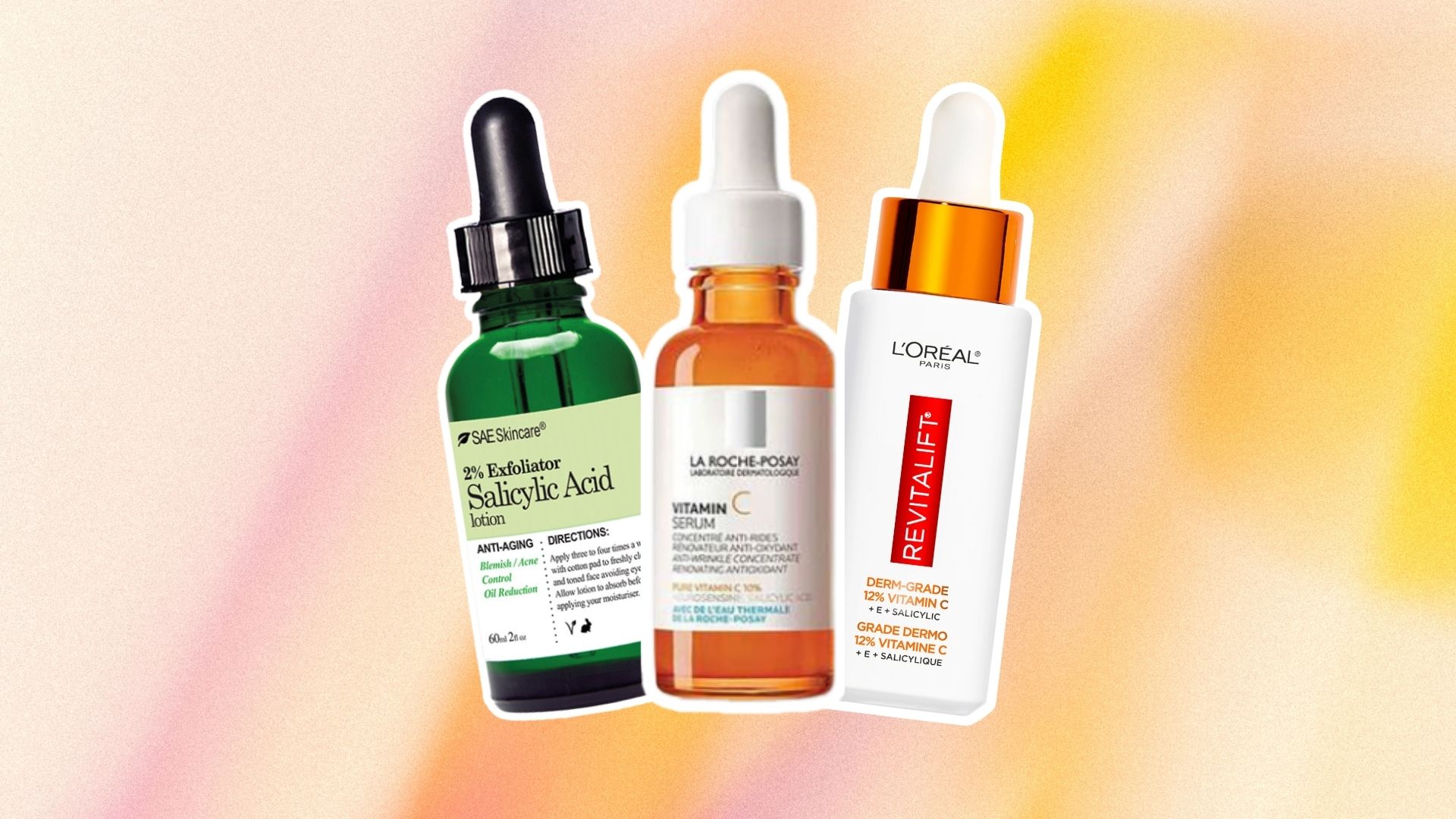Incorporating facial masks into your skincare routine can offer numerous benefits, from deep hydration to improved skin texture. The question often arises: how often should you do facial masks to maximize these benefits? Finding the right frequency can enhance your skin’s health without causing irritation or imbalance.
Determining how often to use facial masks depends on various factors, including skin type, mask type, and individual skin concerns. For example, those with oily skin might benefit from clay masks twice a week, while individuals with sensitive skin might find a hydrating mask once a week more suitable. Understanding your skin’s needs and the specific benefits of each mask type can help create an effective and balanced skincare regimen.
Determining Your Skin Type
To maximize the benefits of facial masks, it’s important to understand your skin type as this directly influences how often you should apply them. Skin types range from oily to dry, combination, sensitive, and normal, each with unique needs and tolerances for skincare products.
People with oily skin may find that using clay masks once a week helps manage excess sebum without over-drying. Those with dry skin might benefit from hydrating masks used two to three times a week to replenish moisture and improve texture. Combination skin requires a more tailored approach, potentially using different masks on various areas of the face to address distinct needs simultaneously.
Sensitive skin types need to exercise caution; even hydrating masks can sometimes include ingredients that cause irritation. Testing products before regular use is recommended to avoid adverse reactions. Meanwhile, normal skin types have the most flexibility but should still adhere to recommended frequencies to maintain skin balance and health.

Mask Frequency Recommendations
Determining the optimal frequency for applying facial masks depends largely on the specific mask type and your individual skin concerns. Here are general guidelines based on common skincare goals:
For acne-prone or oily skin, clay masks are effective in absorbing excess oil and can be used up to once a week. It’s important to monitor your skin’s reaction, as overuse can lead to dryness and irritation.
Those seeking to brighten or hydrate their skin might choose sheet masks, which are gentle enough for more frequent use. Depending on your skin’s hydration needs, you could use these masks two to three times per week or even daily during particularly dry periods.
For anyone dealing with pigmentation or wanting to enhance skin texture, exfoliating masks that contain acids or enzymes are a good choice. However, because these ingredients can be potent, limiting use to once a week will prevent potential damage to the skin barrier.
Signs You’re Overdoing It
Using facial masks too frequently can lead to several unwanted skin issues. Recognizing the signs of overuse is important to maintain healthy skin. Common symptoms include increased dryness, irritation, redness, and even breakouts, which may indicate that your skin’s barrier has been compromised.
If you experience discomfort or visible irritation, it’s advisable to reduce the frequency of your mask applications. Give your skin a break to recover, and consider using gentler formulations. For those who continue to experience issues, consulting with a dermatologist can provide further guidance on suitable products and care routines.
Adjusting your skincare approach when signs of overuse appear helps protect your skin’s health and ensures that facial masks remain a beneficial part of your beauty regimen.

Combining Masks with Other Treatments
Integrating facial masks into a broader skincare regimen requires careful consideration, especially when using other potent treatments like exfoliants or retinoids. It’s important to understand how different products interact to avoid overwhelming your skin.
When combining treatments, spacing them out can prevent potential irritation. For example, if you use a strong exfoliant or retinoid in the evening, consider applying a soothing hydrating mask on a different day. This allows your skin to benefit from both treatments without undue stress.
Additionally, when using multiple active ingredients, it’s beneficial to prioritize your skincare goals. Align your mask usage with specific treatments that complement each other. For instance, after using a chemical peel, a nourishing mask can help soothe and hydrate the skin, enhancing the peel’s benefits while mitigating its harsher effects.
Tips for Effective Mask Usage
To maximize the benefits of facial masks, applying and removing them correctly is key. Always start with a cleansed face to ensure the mask’s ingredients can penetrate effectively without being blocked by dirt or oil. Using a brush for application can help distribute the product evenly and keep it hygienic, especially for masks that come in pots or jars.
Timing is also important; follow the instructions on the product’s packaging for how long the mask should be left on. Leaving a mask on for too long, especially clay or exfoliating types, can strip the skin of moisture or cause irritation. This typically includes toner, serum, and moisturizer to rehydrate the skin and lock in the benefits of the mask. Regular use, when combined with these best practices, will help you achieve the best possible results from your facial masks.
Published by Malcolm Trapp








